Top 10+ Largest & Majestic Salt Flats in the World
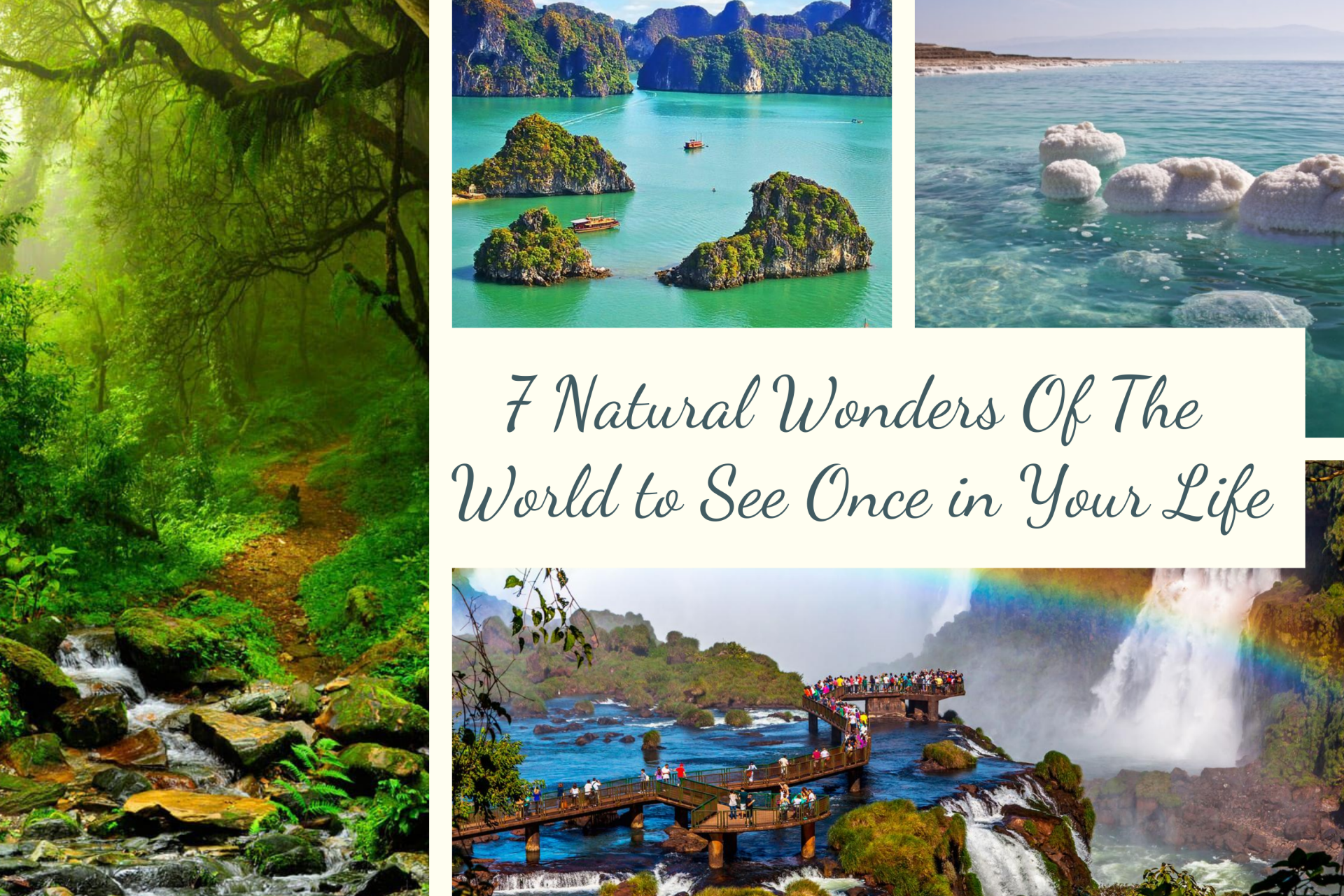 Top 7 Incredible Natural Wonders of The World to See in Life Top 7 Incredible Natural Wonders of The World to See in Life |
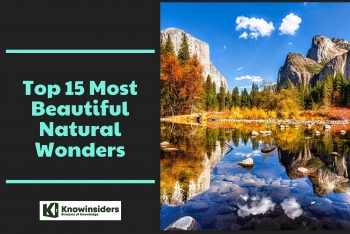 Top 15 Breathtaking Natural Wonders In The World Today Top 15 Breathtaking Natural Wonders In The World Today |
The largest salt flats in the world are evidence of Mother Nature's majesty. They are some of the most beautiful natural features on the planet, covering thousands of square kilometers in the most remote regions. Continue reading to learn about the astounding size and scope of the biggest salt flat in the world.
There are many amazing natural wonders on our planet, but salt flats are perhaps the most underappreciated. The world's largest salt flats, which are breathtakingly beautiful but mercilessly harsh, appear barren but are teeming with life's essential elements, hold tales that have been forged over millions of years.
But these pristine landscapes are much more than just picturesque backdrops for Instagram. There are vital natural resources stored in these enormous salt flats. They contain sizable lithium deposits, a metal essential to our modern existence.
This "new white gold" serves as the foundation of the batteries in electric vehicles and is increasingly fueling the world's transition to sustainable energy. It also powers laptops and smartphones. Let's look at the most well-known salt flats in the world as well as the potential winners for the title of largest salt flat in the world.
What are Salt Flats?
A salt flat typically grows in a basin, a low-lying area, where water with dissolved salts and minerals builds up. A concentrated salt deposit is left behind after the water slowly evaporates over time, frequently in harsh desert conditions. This cycle of flooding and evaporation, which lasts for thousands, sometimes millions of years, results in these lovely salt flats.
The largest salt flats in the world, also known as salars, are geological marvels that have taken millions of years to meticulously form. Their origins can be traced to the fusion of fascinating and intricate geological and environmental conditions.
But where is the world's largest salt flat located? Let's look into it.
What is The Largest Salt Flat in the World?
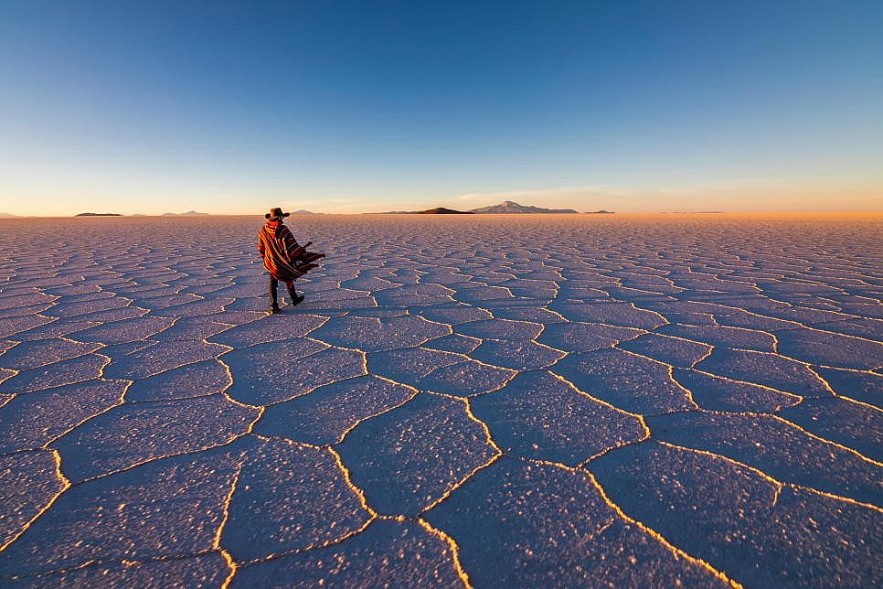 |
| Salar de Uyuni - Largest Salt Flat in the World |
The largest salt flat in the world is Salar de Uyuni, which is situated in Bolivia. It is a distinct and extreme landscape covering over 4,050 square miles of the Altiplano that was left behind by ancient lakes that vanished very long ago, leaving only the minerals.
This natural wonder is now a well-liked vacation spot. The Uyuni naturally forms hexagonal arrangements. One of the many reasons the salt flats attract more than 300,000 visitors a year is the area's natural beauty.
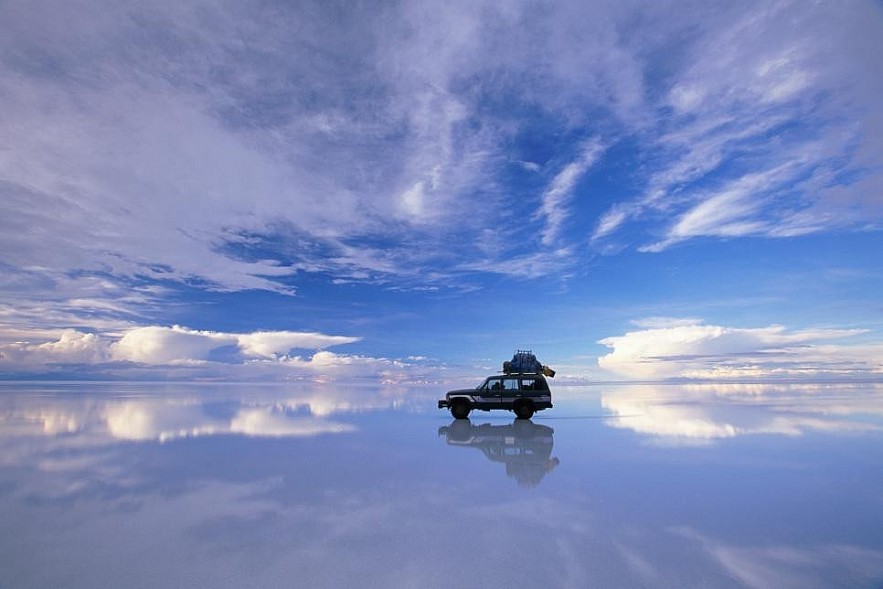 |
| Salar de Uyuni |
The salt flat is characterized by a thick crust of salt that stretches to the horizon and forms a quilt-like pattern of polygonal shapes (just picture thin, white cracking mud). The salt creates a natural mirror that reflects the sky beautifully when nearby lakes overflow at specific times of the year.
Lithium, one of the most essential components for the majority of batteries used in today's portable electronics, is one of the natural resources that can be extracted from the salt flat. At the confluence of Bolivia, Chile, and Argentina, there is a well-known tourist destination called Salar de Uyuni, which is also the site of the first salt hotel in history.
What is the Largest Salt Flat in the United States
The Great Salt Lake Desert is the largest salt flat in the United States, although it isn’t continuous, keeping it from being the largest overall. It is located in the Western United States, primarily in Utah and partially in Nevada.
The desert covers an area of about 7,000 square miles, and it is known for its vast expanses of salt flats and barren landscapes, the most famous of which are probably the Bonneville Salt Flats. The lake that once took up the area was truly massive, making up a surface area equivalent to that of modern-day Lake Michigan.
The Great Salt Lake Desert is an important region for mining and extracting salt, potash, and other minerals, and the mining industry has been a significant economic driver for the region for many years. The area is also used for recreational activities such as off-roading and hiking.
Top 10+ Biggest & Most Majestic Salt Flats in the World
Salt flats can be found all over the world, from Australia and Argentina to Botswana and India. Plan a trip to one of these 15 mind-blowing salt flats around the world if you're looking for a brand-new kind of adventure and some incredible photo opportunities.
1.Salar de Uyuni (Bolivia)
One of the main reasons people travel to Bolivia is to have the opportunity to step foot on the largest single salt flat in the entire world. Salar de Uyuni spans an area of 4,000 square miles and is situated in the country's southwest at a height of nearly 12,000 feet above sea level. The region once belonged to the ancient Lake Minchin, which dried up between 30,000 and 40,000 years ago and left behind two contemporary lakes (Poopó and Uru Uru) and two salt flats, Salar de Coposa and the larger Salar de Uyuni.
The latter has the largest lithium deposit on Earth as well as an estimated 10 billion metric tons of salt. The months of December through April are ideal for travel because rainy weather causes nearby lakes to overflow, which covers the salt with a thin layer of water. With creative photo shoots, this creates a magical mirror effect that can be preserved.
2.Makgadikgadi Pans (Botswana)
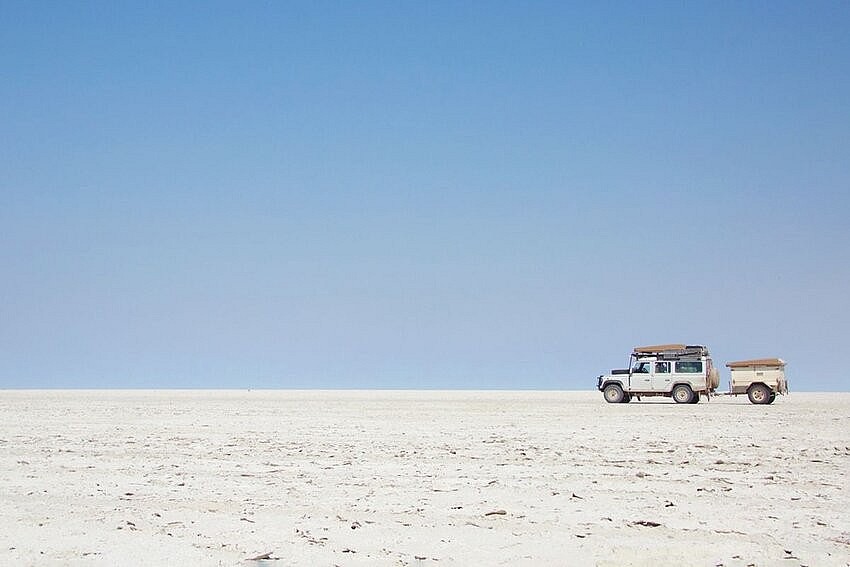 |
| Makgadikgadi Pans |
The Makgadikgadi Pans are a group of salt pans in northeastern Botswana, most notably Ntwetwe Pan and Sowa Pan. Between the Kalahari Desert and the Okavango Delta, they extend over an area of more than 4,600 square miles of barren terrain. This former inland sea is extremely dry and lifeless for the majority of the year. But after periods of intense rain, the pans draw animals like flamingos, wildebeest, and zebras.
In the 1800s, David Livingstone, a British explorer, famously traversed this previously unexplored region. In the wet (summer) season, zebras and wildebeest begin their epic westward migration in Makgadikgadi Pans National Park, which is located at the western edge of Ntwetwe Pan. In addition, the park provides a natural habitat for a number of antelope species, giraffes, hippos, and elephants.
3. Lake Eyre (Australia)
The Kati Thanda-Lake Eyre National Park in South Australia is a place of striking geological contrasts. Both the country's largest salt lake and the scorched landscapes of the Tirari Desert can be found there. The 89-mile-long and 48-mile-wide Lake Eyre, also known as Kati Thanda-Lake Eyre, is the lowest point on Australian mainland. The site, once a thriving lake, now mostly resembles an endless field of sparkling salt crystals.
Until, that is, the national park's channels, streams, and floodplains receive enough precipitation to overflow, turning the lake into a desert oasis. The lake draws thousands of waterbirds, including pelicans and red-necked avocets, when this occurs, which typically occurs once every few years. The lake shows mesmerizing pink and orange hues as the water levels start to drop once more.
4. Salar de Atacama (Chile)
Salar de Atacama is located in the middle of Chile's high-altitude Atacama Desert, which is known for its otherworldly and volcanic landscapes. This 3,000 square mile salt flat was created by evaporating water that flowed down from nearby mountain peaks and leaving behind significant mineral deposits. Numerous animals have homes in the small, shallow saline lagoons that form in cracks in the salt-encrusted layer.
The Andean, Chilean, and James's flamingos that live there are the most notable because they eat brine shrimp. Other birds that do well in the harsh environment of the desert include owls, plovers, and seagulls. The emerald-colored Laguna Cejar, another fascinating geological feature of the desert, is where swimmers can float weightlessly because of a salt concentration that rivals the Dead Sea.
5. Great Rann of Kutch (India)
The Great Rann of Kutch, India's largest salt flat, is a stark white desert that stretches 2,900 square miles along the country's western border. It was once an arm of the Arabian Sea, but after a geological shift blocked its outlet, the region became a salt marsh.
This vast salt flat is covered in a layer of water during the monsoon season; as the rains end, the vast salt bed starts to reappear. The Rann Utsav festival, a vibrant celebration of the arts, cultures, and traditions of the Kutch region of the state of Gujarat, takes place from November through February and is a fantastic time to go. Among the many activities are ATV tours, camel treks, full moon tours, music, and dancing.
6. Chott el Djerid (Tunisia)
A 2,700 square mile salt lake in the Sahara Desert of Tunisia is well known for its intriguing cultural and historical connections. It was mentioned in Jules Verne's book Invasion of the Sea.The homes of Luke Skywalker on Tatooine and Anakin Skywalker in Mos Espa were filmed there for the Star Wars television series.
Some even assert that it was the site of the ancient Lake Tritonis, where the Greek goddess Athena was born. Even by four-wheel-drive vehicle, this inland sea is hazardous to cross due to the unpredictable nature of the salt crust. The road that connects the desert communities of Dguache and Fatnassa is the best place for tourists to experience its alluring charm.
7. Etosha Pan (Namibia)
Etosha National Park is home to Namibia's largest wildlife reserve, Etosha Pan, a sizable, oval-shaped salt pan. A quarter of the park's total area, or 1,800 square miles, is taken up by the site. The pan is said to have been created by an attack on a village in which only the women were spared, according to a San legend.
The events upset one so much that she cried a lake of tears, which later dried up. The pan serves as an important breeding ground for migrating flamingos despite having a pronounced lack of vegetation. Small pools start to appear during the wet season, when they arrive. Other species' herds, including those of antelope, elephants, giraffes, and wildebeest, congregate nearby grasslands and bushes to graze.
8. Salinas Grandes (Argentina)
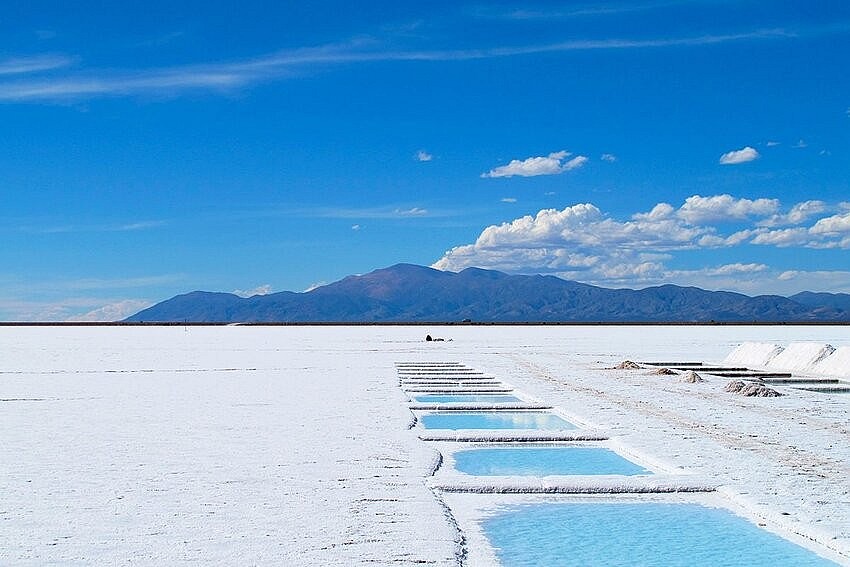 |
| Salinas-Grandes - Most Majestic Salt Flats in the World |
The largest salt flat in Argentina is located at the base of the Sierras de Córdoba mountain range. In the north-central region of the nation, Salinas Grandes covers 773 square miles and stretches into the provinces of Cordoba, Catamarca, La Rioja, and Santiago del Estero.
The prehistoric seabed that once covered this vast expanse of white terrain is where the minerals are now extracted for profit.
A never-ending horizon and enchanted sunsets that sparkle on the snow-white desert ground await visitors to this salt flat. The Monte de las Barrancas Wildlife Refuge, a natural habitat for creatures like flamingos, guanacos, pumas, and various species of snakes, is also located in the region.
9. Namak Lake (Iran)
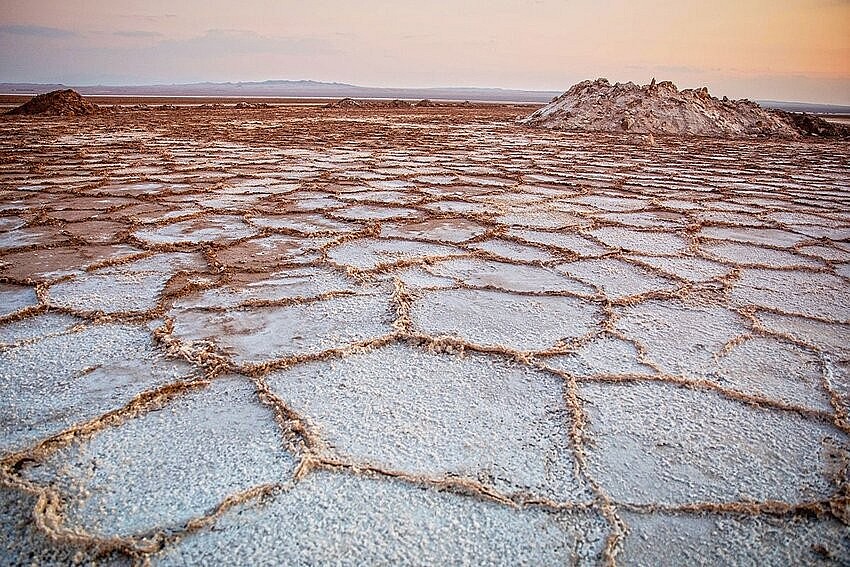 |
| Namak Lake - Biggest Salt Flats in the World |
The 695 square mile Namak Lake is located in northern central Iran and is surrounded by rough hills. It is a remnant of the Paratethys, a shallow inland sea that started to dry up between 5.3 and 2.6 million years ago, giving rise to important bodies of water like the Black Sea and Caspian Sea. Less than one square mile of the lake's brackish surface is permanently submerged, but several streams cut through it.
Here, significant amounts of halite, magnesium, and sylvite have been mined for use in agriculture, the manufacture of steel, and the production of aluminum. Kavir National Park is Iran's largest ecologically protected area and the home of the critically endangered Asiatic cheetah. It stretches across a remote desert and undulating sand dunes from the lake's eastern shoreline.
10. Salar de Arizaro (Argentina)
In the high plateau and dry wilderness of Argentina's northwest Salta province, at the base of the eastern Andes, is the second-largest salt flat in the world. There are 600 square miles of salt-covered dry rock in the Salar de Arizaro. The region was once famous for its lake landscape millions of years ago, but the water eventually dried up due to a combination of hot temperatures and strong winds.
What is left is a salty, chemically rich inland sea that is also rich in potassium, iron, and copper. The Cono de Arita, a perfectly shaped natural pyramid that rises 650 feet above the salt flat, is one of the area's most notable features. It is the summit of a volcano that has never erupted because it lacked the strength to pierce the Earth's crust.
11. Badwater Basin (California)
200 square miles of Death Valley National Park are taken up by the angular salt formations of Badwater Basin. The basin, which is located 282 feet below sea level, is the lowest point in North America. When groundwater pushes through salt deposits and then evaporates, polygon-shaped salt rocks are formed.
The name Badwater, so the story goes, was given by an early explorer whose mule steadfastly refused to drink the salty water of a pool. Direct access to Death Valley's salted basin and surrounding dry desert landscape is provided by a boardwalk and trail. Its western neighbor is Telescope Peak, whose 11,049-foot summit rises more than two miles above the basin's floor for a breathtaking view.
12. Lake Amadeus (Australia)
Lake Amadeus is a salty mud basin located in Australia's harsh Outback that is estimated to hold 600 million metric tons of salt. Numerous tiny islands dot the area, which were created when sediments washed from nearby mountain ranges broke through the salt crust. The lake occasionally receives a few inches of rain, which connects it to a drainage system that joins the Finke River.
The water then travels hundreds of miles south to Lake Eyre, the largest salt lake in the nation. Beyond the surrounding sand dunes, the lake appears as a lunar-like mirage from Mount Conner Lookout. Ayers Rock, a well-known landmark in Australia, is 30 miles to the south.
13. Bonneville Salt Flats (Utah)
Northwest of Utah is home to the roughly 47 square mile Bonneville Salt Flats. When the water in Lake Bonneville, which was formed during the Ice Age, evaporated, they were created along with the nearby Great Salt Lake. Today's bright white salt deposits resemble a lake bed that has been dusted with snow. Summer heat waves can produce mirages, which further enhance the appearance of a lake in this dry area of western Utah.
The salt flats have served as a venue for motorsports competitions since 1912. Mickey Thompson became the first American to surpass a land speed of 400 mph at the Bonneville Speedway in 1960. Racing enthusiasts still gather each August to watch attempts to break world records during Bonneville Speed Week. Additionally, scenes for the movies Independence Day and Con Air were filmed nearby.
14. Salineras de Maras (Peru)
The mystical landscapes and 15th-century archeological sites of one of the most fascinating civilizations in history can be found in Peru's Sacred Valley of the Incas. A unique, terraced salt pan known as Salineras de Maras is situated amidst craggy cliffs and towering mountainside. The 3,000-tiered salt-encrusted wells that make up the natural wonder are nourished by a subterranean hyper-saline spring that emerged during the formation of the Andes Mountains.
Families from the nearby town of Maras come to collect the pink-hued salt when the water evaporates, just as their Incan ancestors did centuries ago. The salt, which is offered at markets and as a salty tourist souvenir and is locally referred to as the "white gold of the Andes," is valued for its therapeutic properties.
What Causes a Salt Flat?Salt flats, also referred to as salt pans or playas, are created by the evaporation and sedimentation of salt water. The process starts when there is a marsh or shallow lake that receives water from rivers or streams that contain dissolved minerals like salt and other minerals. The dissolved minerals are left behind as water evaporates and form a layer of salt and other minerals on the lake bed. The layer of salt and minerals thickens over time as more water evaporation and mineral deposition take place. The lake or marsh may eventually become completely dry, leaving behind a flat, desolate area covered in salt and other minerals. In some locations where water sources are still supplying the salt flats, this process, which can take thousands of years, is still going on. Can Anything Live on a Salt Flat?Salt flat ecosystems are incredibly distinctive. Only the most specialized and resilient animals can survive on or close to the salt flats themselves because they are so desolate. Despite their harsh environment, salt flats are home to a variety of unusual and adaptable species. In the Salt Plains National Wildlife Refuge, for instance, birds build their nests out of twigs, grasses, and other materials right on the salt flats. Within hours of hatching, the young chicks leave the nest and search for salt fly eggs on the flats' surface. Whooping cranes can also be seen on the flats' edges in the winter. The harsh conditions of the flats are also capable of supporting salt-tolerant plants like saltbush. The halophytic chenopods, which include saltbush, are a group of plants that can withstand extremely high salt concentrations. Through osmotic pressure, these plants prevent the salty soil from drawing out the fluids in their cells. The golden viscacha rat is one of the unusual species that dwells in salt flats. One of the most restricted habitats of any mammal, this rodent has a specialized adaptation for consuming saltbush and is endemic to less than ten square miles of salt desert. Mounds created by soil erosion are where viscachas live. It is crucial to safeguard the salt flats' delicate ecosystem from human activities like mining, tourism, and agricultural expansion. |
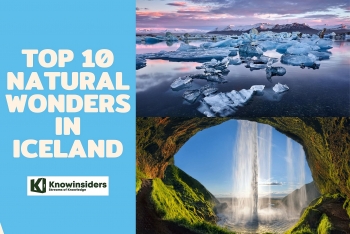 Top 10 Incredible Natural Wonders in Iceland 2023/2024 Top 10 Incredible Natural Wonders in Iceland 2023/2024 Iceland's natural beauty is renowned. This country is home to some of the rarest and most stunning natural wonders in the world. |
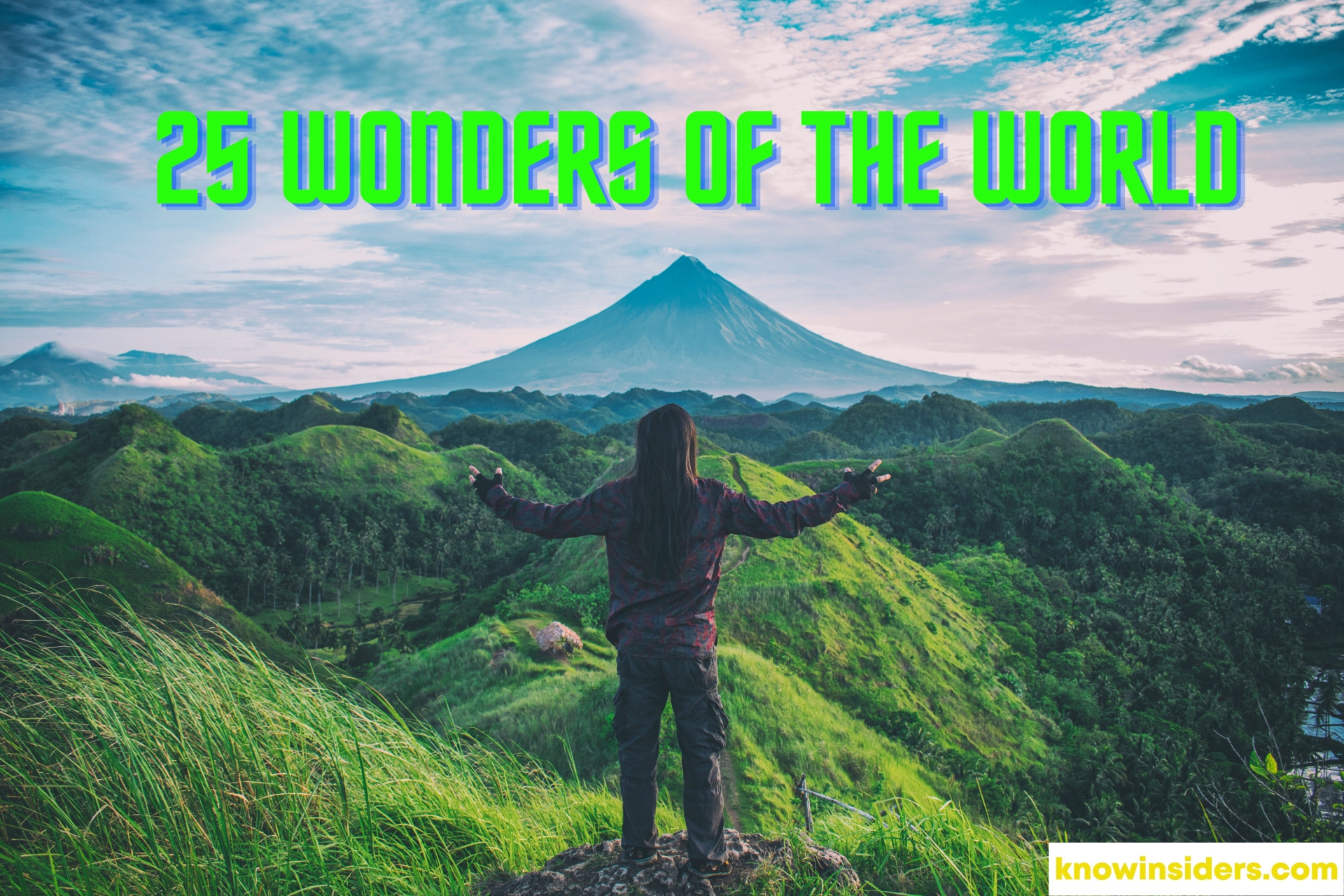 Top 25 Most Breathtaking Natural Wonders Of The World Today Top 25 Most Breathtaking Natural Wonders Of The World Today Looking for some bucket-list travel ideas? Check out top 25 natural wonders of the world right below! |
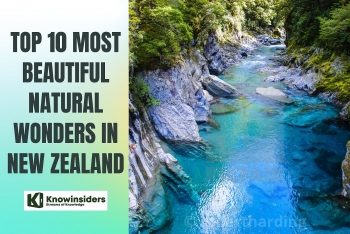 Top 10 Most Breathtaking Natural Wonders in New Zealand Today Top 10 Most Breathtaking Natural Wonders in New Zealand Today New Zealand is home to numerous natural breathtaking sights that offer visitors unique sceneries and feelings. |
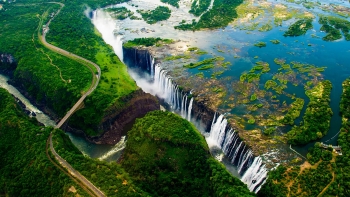 Top 7 Most Breathtaking Natural Wonders Of The World Today Top 7 Most Breathtaking Natural Wonders Of The World Today What are the 7 Natural Wonders of the World? Where are they? To have more detailed information, check out right below! |























